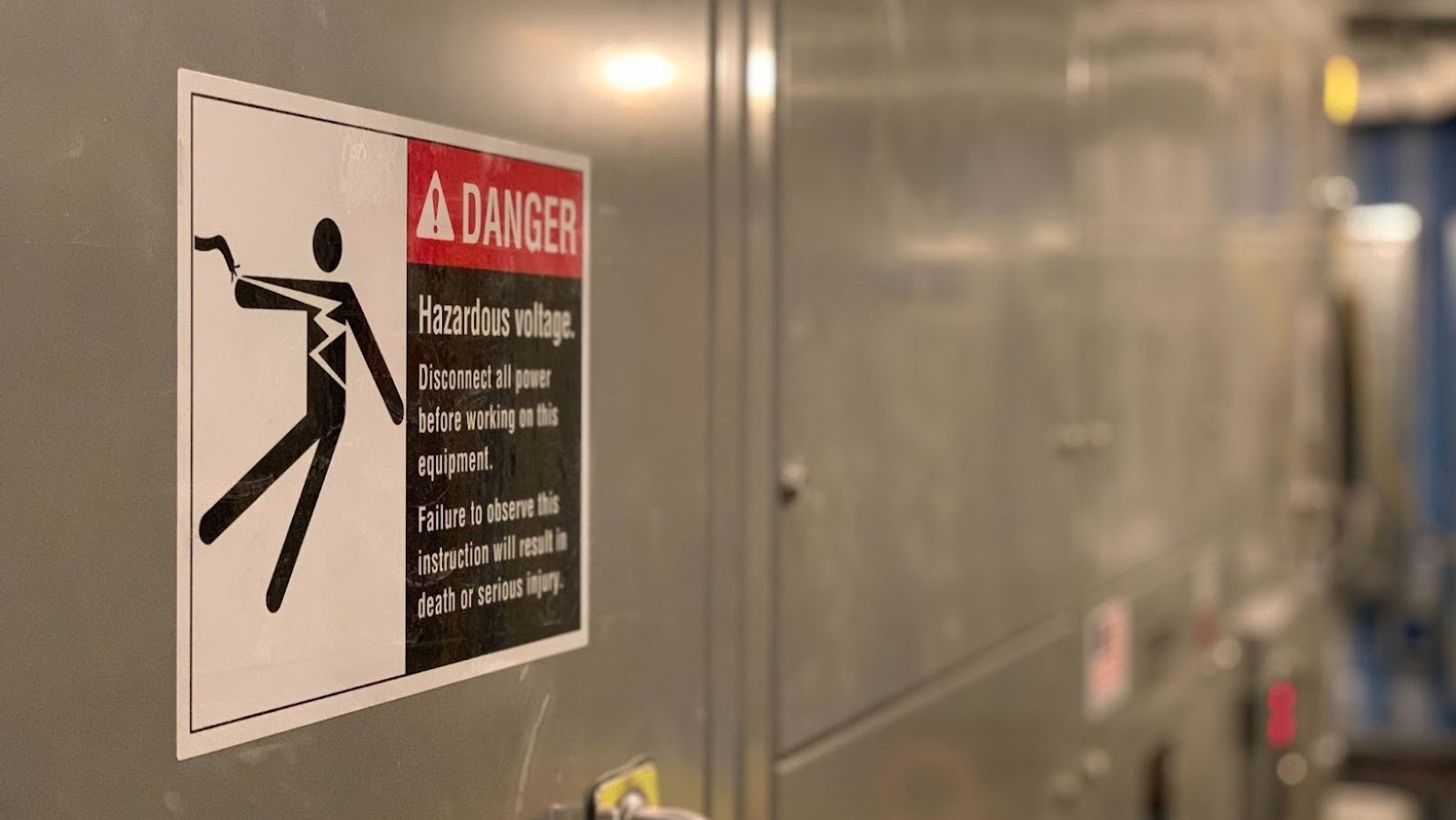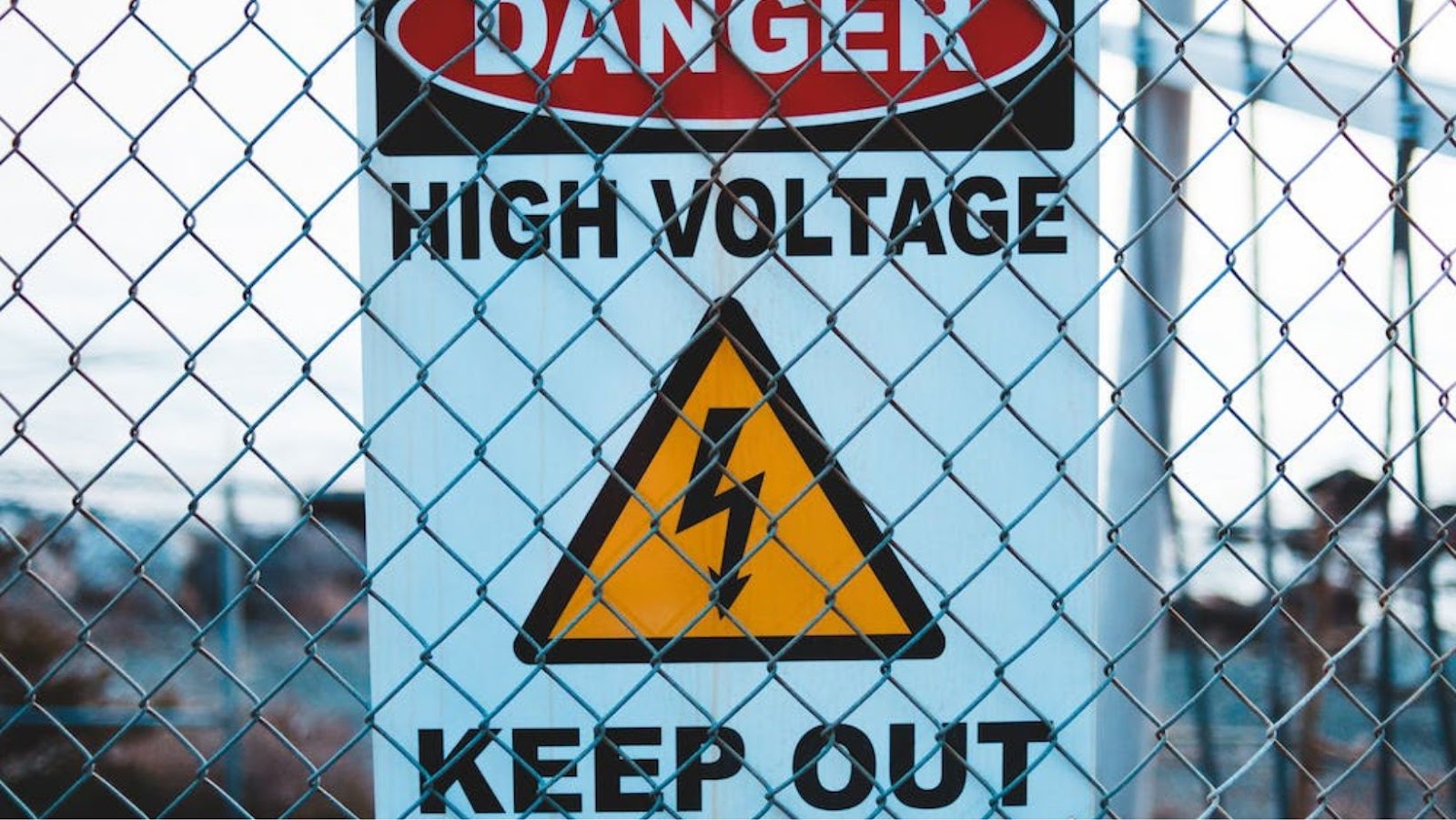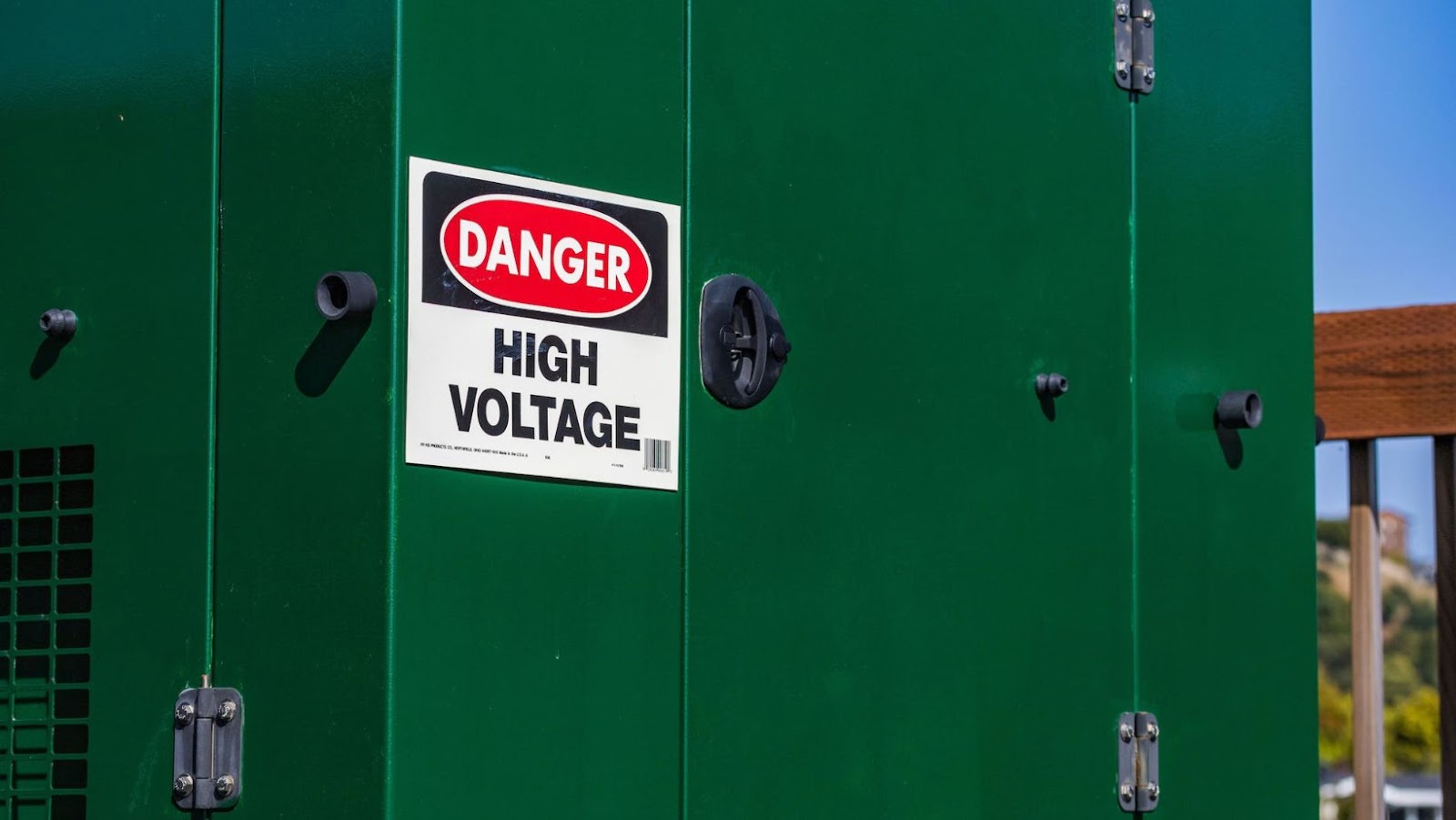
Home construction projects are exciting, but they can be dangerous, especially when it comes to electrical work. According to the Occupational Safety and Health Administration (OSHA), electrical hazards are the second leading cause of death among construction workers. Electrocution can cause severe injuries, including burns, heart attacks, and even death. As such, it’s essential to take the necessary precautions when working with electricity. In this post, we will discuss some of the common electrical hazards during home construction, and the tools workers should use to protect themselves.
Electrical Hazards
During home construction, workers are exposed to several electrical hazards. The following are some of the common electrical hazards that workers should be aware of:
Electrical Shock
Workers can receive an electrical shock when they come into contact with an energized conductor. Electrical shocks can cause severe injuries, including burns, heart attacks, and even death. Workers should ensure that they de-energize circuits before working on them.
Burns
Workers can receive burns when they come into contact with an energized conductor. Burns can cause severe injuries and can be life-threatening. Workers should wear protective gear, including gloves and goggles, when working on electrical systems.
Electrocution

Electrocution is the most severe electrical hazard that workers can face. Electrocution can cause death and is usually caused by direct contact with an energized conductor. Workers should ensure that they de-energize circuits before working on them.
Overhead Power Lines
Workers should be aware of overhead power lines when working on construction projects. Overhead power lines can pose a significant risk, and workers should ensure that they stay a safe distance away from them.
Damaged Electrical Cords
Workers should inspect electrical cords before using them. Damaged electrical cords can pose a significant risk and can cause electrical shock or electrocution. Workers should ensure that electrical cords are in good condition before using them.
Water and Electricity
Water and electricity do not mix. Workers should ensure that they keep electrical systems away from water sources, such as sinks, showers, and swimming pools.
Protective Gear
Protective gear is essential when working with electricity. Workers must have the appropriate protective gear to protect themselves from electrical hazards. The following are some of the protective gear that workers should use:
Gloves
Workers should wear gloves that are designed to protect them from electrical hazards. Electrical gloves are made of rubber and are designed to prevent electrical current from passing through them. The gloves should be tested regularly to ensure that they are still in good condition.
Goggles
Workers should wear goggles that are designed to protect their eyes from electrical hazards. Goggles should be made of non-conductive materials and should have a high-impact rating to protect against debris.
Hot Sticks

Hot sticks are used to work on electrical systems from a distance. They are designed to protect workers from electrical hazards by allowing them to work on live circuits without being in direct contact with them. Hot sticks are made of non-conductive materials and should be tested regularly to ensure that they are still in good condition. Check this link if you need one.
Hot Stick Testers
Hot stick testers are used to test the condition of hot sticks. They test the insulation of the hot stick to ensure that it is still in good condition. Workers should use hot stick testers regularly to ensure that their hot sticks are still in good condition.
Protective Clothing
Workers should wear protective clothing that is designed to protect them from electrical hazards. The clothing should be made of non-conductive materials and should cover the entire body. This will help to prevent electrical current from passing through the body and causing harm.
Footwear
Workers should wear footwear that is made of non-conductive materials. This will help to prevent electrical current from passing through the body and causing harm. The footwear should also have a slip-resistant sole to prevent slips and falls.
Conclusion
Electrical hazards are a significant risk during home construction, and workers must take the necessary precautions to protect themselves. Protective gear, such as gloves, goggles, and protective clothing, can help prevent injuries, while hot sticks and hot stick testers can help workers work on live circuits from a distance. Workers should also be aware of the common electrical hazards, such as electrical shock, burns, and electrocution, and take steps to prevent them. By taking these precautions, workers can stay safe while working on electrical systems during home construction projects. Remember to always follow the safety guidelines set forth by OSHA and other regulatory agencies to prevent accidents and ensure a safe working environment.

More Stories
Alexousa104: A Comprehensive Overview
Compact Gadgets for Small Apartments: When Every Square Meter Counts
Why DIY Drying Can Make Water Damage Worse